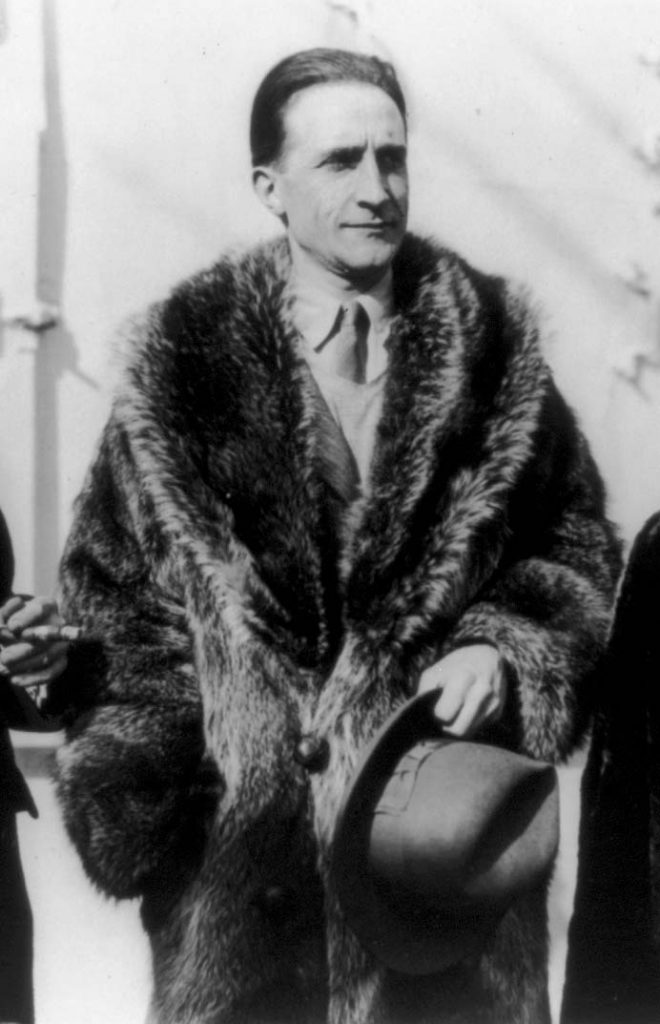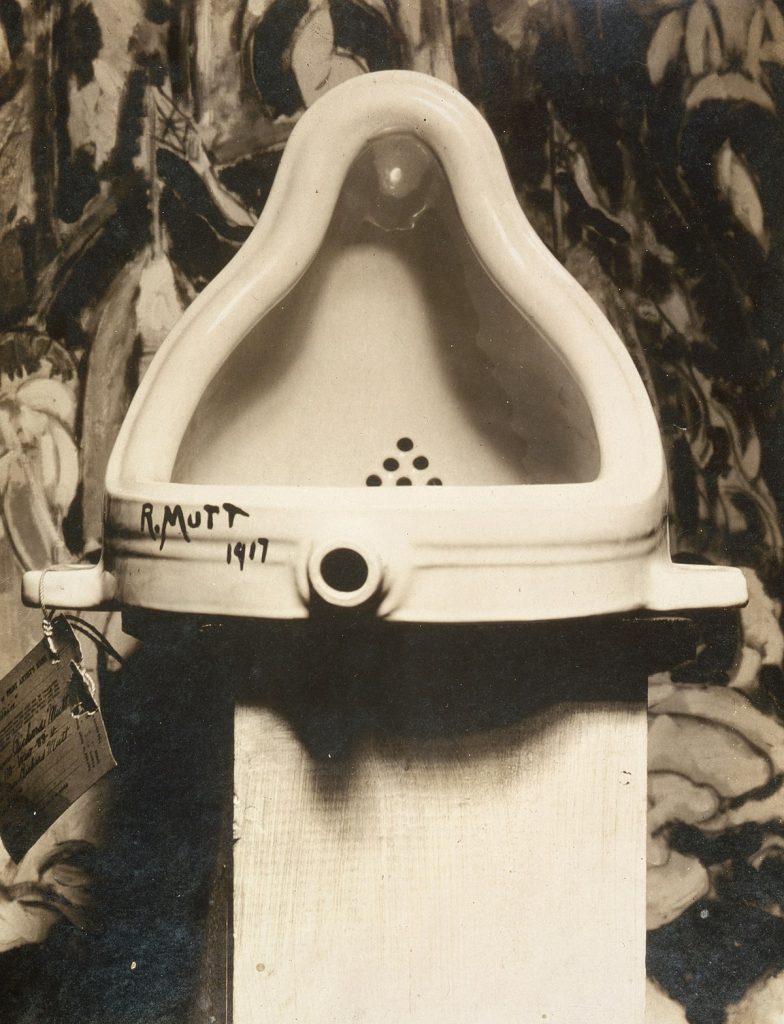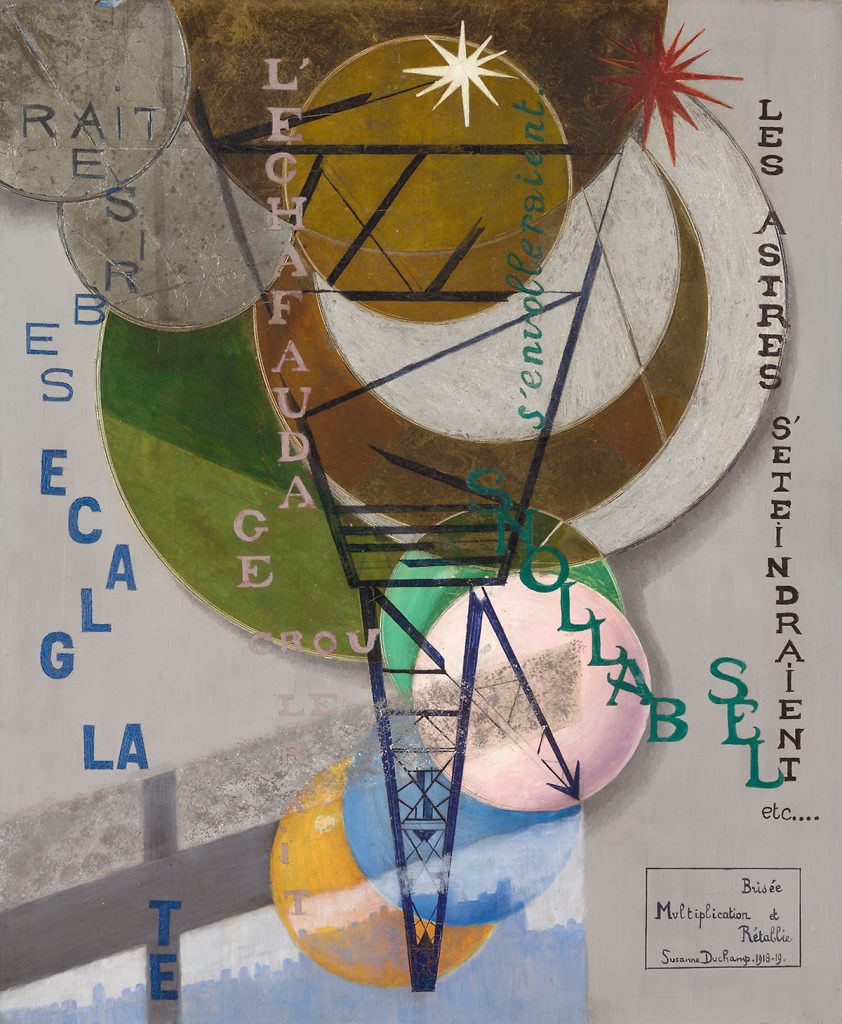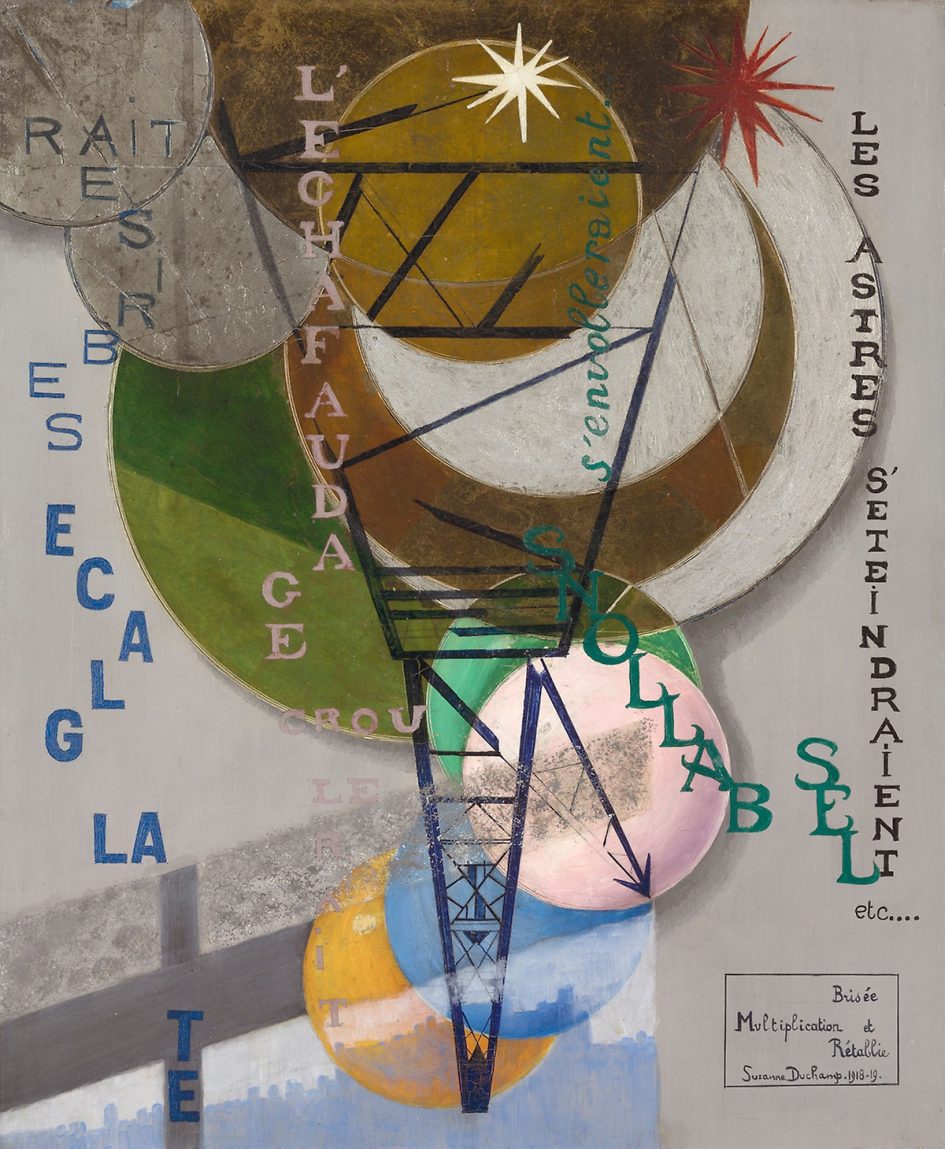Dada-y of The Dada Movement

Henri-Robert-Marcel Duchamp was a French artist born July 1887. He grew up in a particularly artistic household. His direct family read books, made music together, painted, and played chess, and his paternal grandfather, Émile Frédéric Nicolle’s artwork, littered the walls of their family home.
While Duchamps was fascinated by the impressionist and, later, the Cubist movement, he would go on to reject both labeling them, “art for the eye.” Duchamps longed to create what he considered “art of the mind.” In pursuit of this new philosophy and criticisms of the famous art movements of the day, he would eventually establish himself as a seminal figure in the Dada movement. Duchamps would shock the art world with his pieces such as L.H.O.O.Q, where he drew a mustache on a print of Davinci’s painting, The Mona Lisa.

Thirsty?
Not soon after he, Duchamps moved away from the canvas entirely, with what he labeled “readymades,” nonsense sculptures crafted from everyday objects, the most famous of which he titled, The Fountain. This sculpture (if you can call it that) is essentially just an inverted urinal with the title “R. Mutt. 1917” written in black on its side. This embodiment of the rejection of traditional art is considered one of the most influential art pieces of the twentieth century. You probably wouldn’t want to drink from this fountain, though.

No Dada-y Issues here
Suzanne Duchamps-Crotti was a French painter, sculptor, and draughtsman in France during the Dada movement. She worked predominantly to showcase and explore the gender dynamics of the day, which you could imagine were not so great considering she is often only remembered as the wife of influential Dada artist Marcel Duchamps. Despite this, she was prolific in her own right, working for over five decades as an artist and creating some of the fascinating pieces of the Dada movement.


Sources:

Leave a Reply